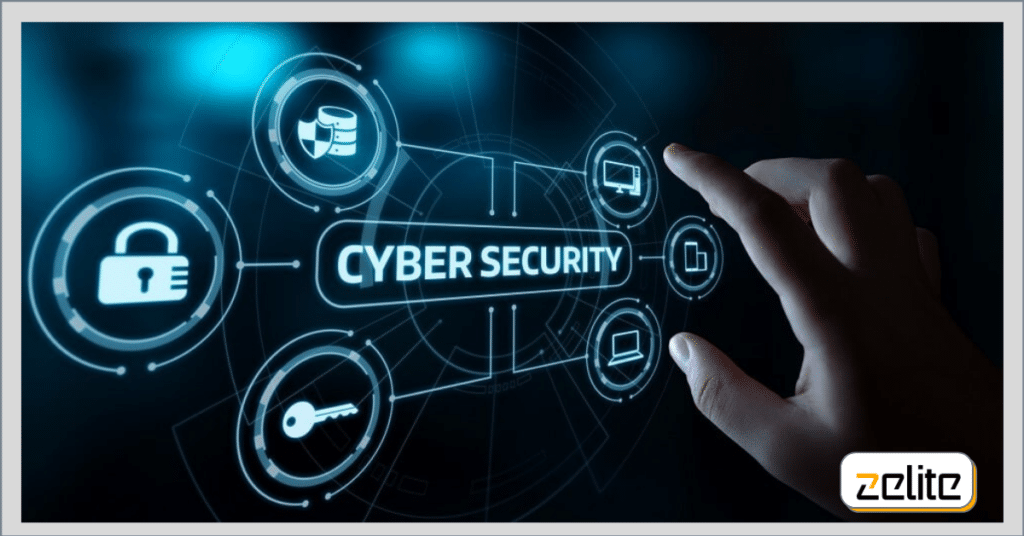The outbreak of the pandemic has left corporations no choice but to come up with solutions of working remotely. As social distancing becomes the new normal so does working from home for employees. Even though businesses are working seamlessly to deliver to their clients amidst this outbreak, this remote setting also brings along cyber security threats due to remote access of critical IT infrastructure
The work from home dynamic creates a very opportunistic situation for hackers and phishers. Every home device or wireless connection is a potential entry point. Organizations are prone to cyber threats and hackers are trying to take advantage of the rapid changes happening across industries.
Remote Security Risks: New cyber threats have emerged amidst this pandemic

The pace of rapid change across industries has brought about Data and Content security risks in the ecosystem through cyber attacks. Recent trends show that cyber attackers are using emails with malicious attachments or links. There has been a a significant rise in COVID-19-related phishing attacks.
Remote Work Security Tips: Cyber Security as a vital shield and what changes can organizations make
To deal with the disruptions and threats of remote working, businesses require to embrace protective methods of security in place to ensure that they are secure, their communications and data are efficiently protected even in difficult times like these.

- The first and most important thing is to educate employees to identify potential risks and beware of any unsolicited email and attachments
- Employers can ensure personal Wi-Fi wireless networks include network security technology. Data encryption, application control, logical access controls, and end-point security measures like firewall and anti-malware help in mitigating the risk while connecting with clients, remotely.
- Employers can offer up-to-date anti-virus software and Keep all devices patched and up to date
- Restricting account access with appropriate permissions at the employee level, as required
- Finally, companies can add banners to internal versus external emails so that employees can identify whether an email is coming from a safe source.
These relatively straightforward steps at both an enterprise and individual level should help address some of the most common security risks facing our home-working environments.
"If you are looking to protect your business from such security risks then connect with our team today to discuss safe transition to remote working"
Latest Case Studies
Enhancing Customer Interactions
A case study on the successful integration of Dynamics 365 CRM with the...
Read MoreCustom Service Provider App For Property Management
Custom Service Provider App For Property Management A Custom Mobile App assists a...
Read MoreMicrosoft Power BI: Transforming Business Insights
Microsoft Power BI: Transforming Business Insights A leading Medical Device firm in Finland...
Read More




